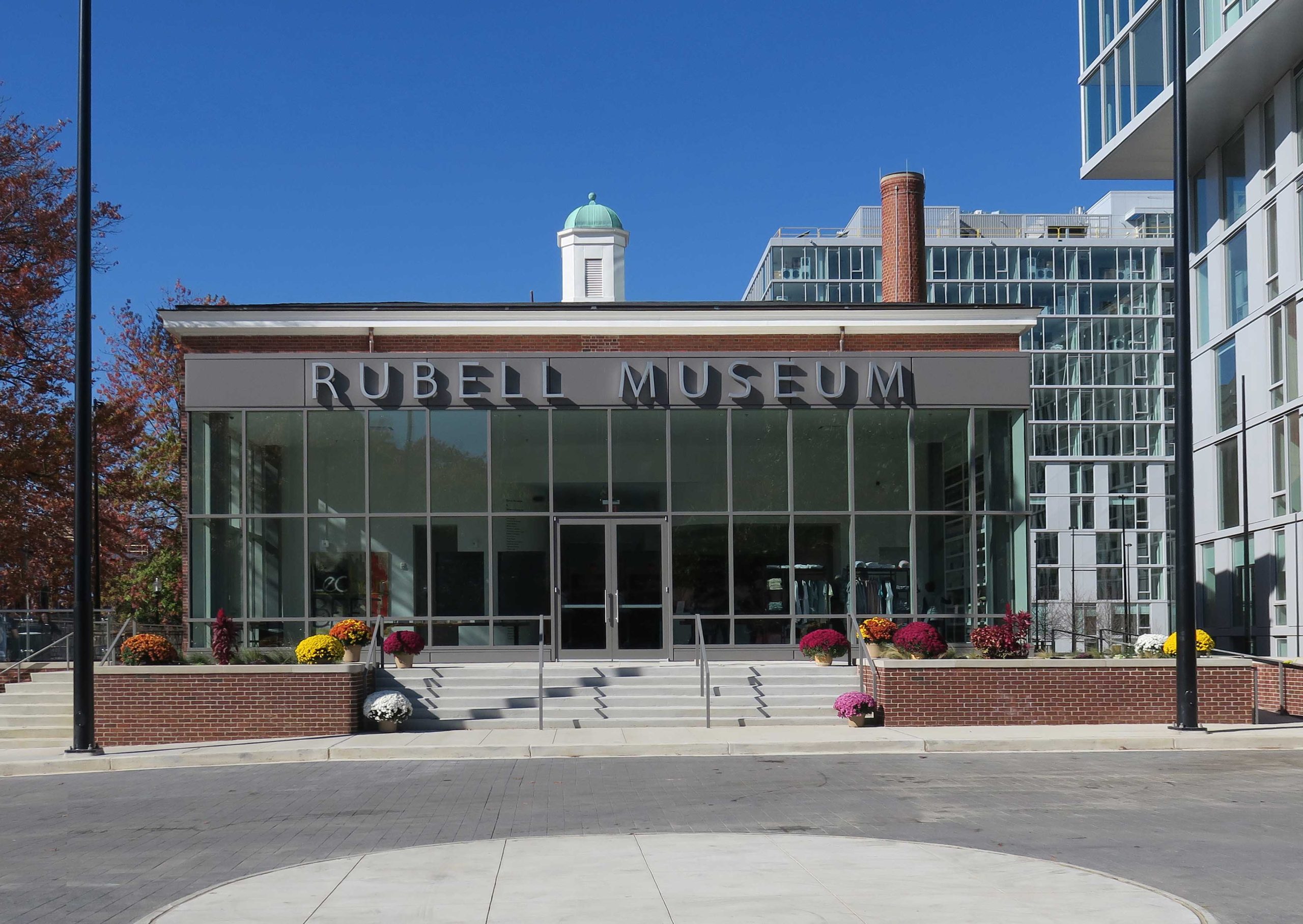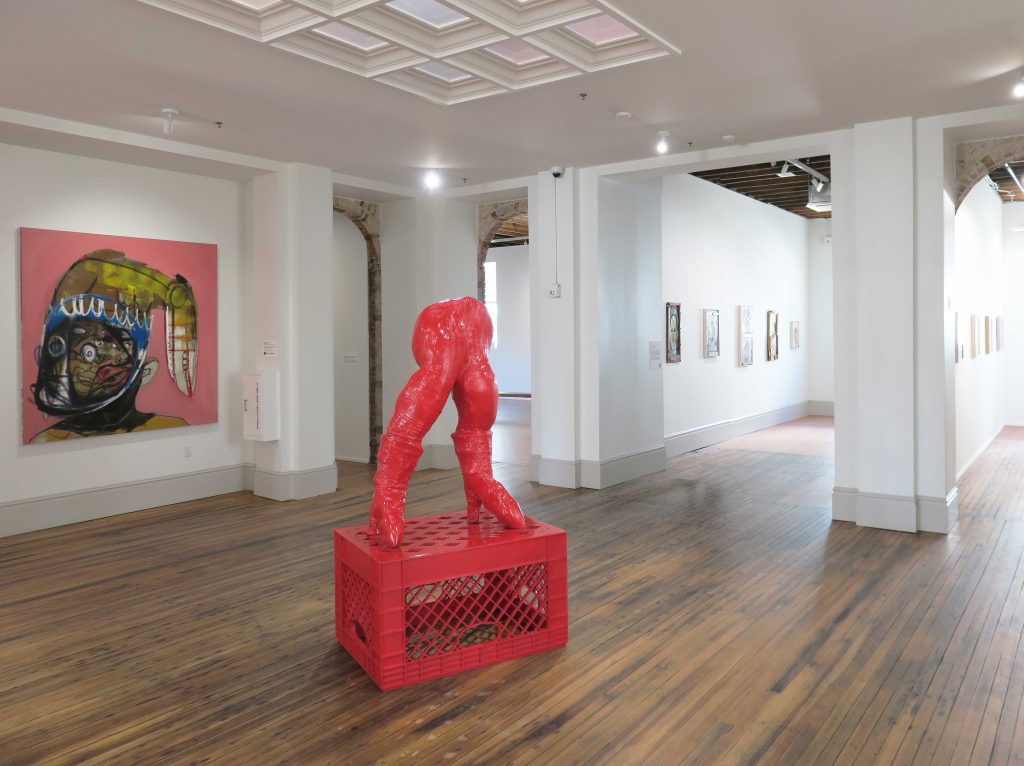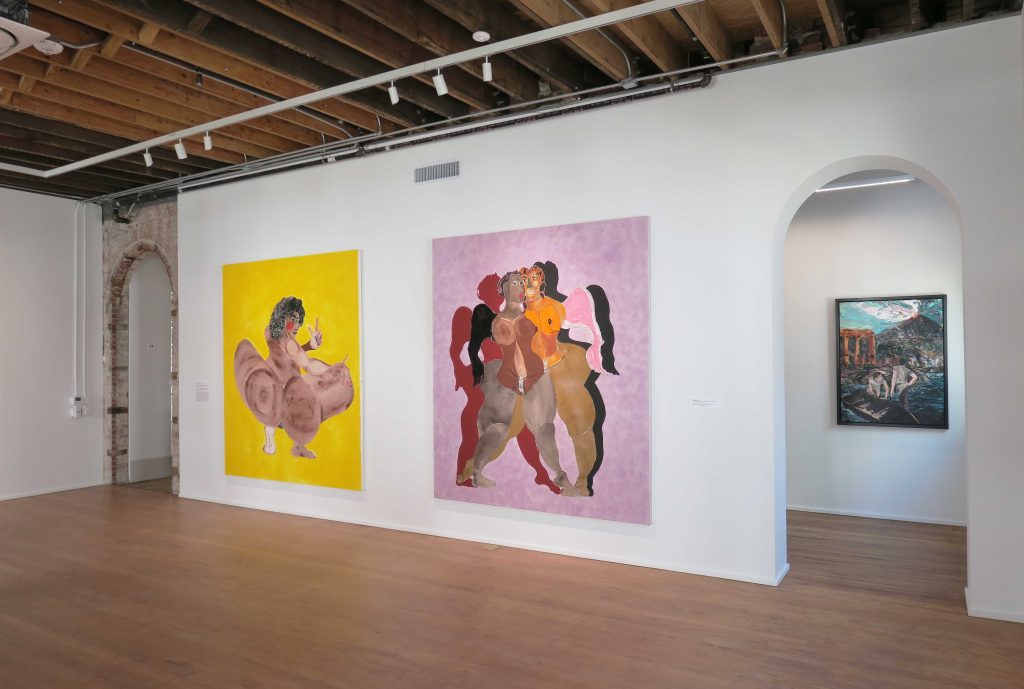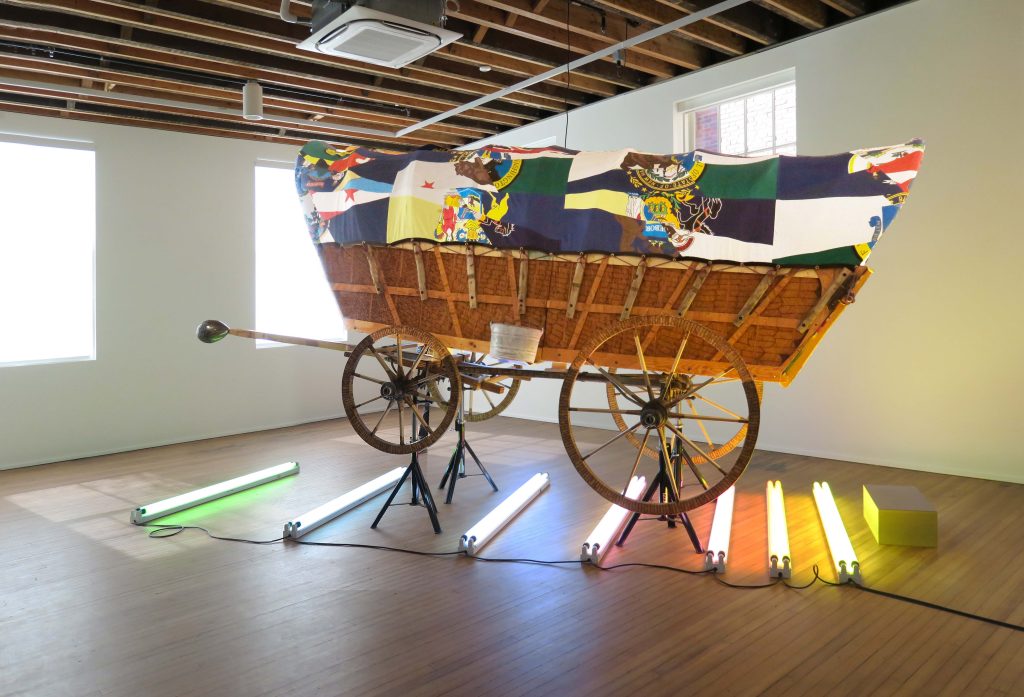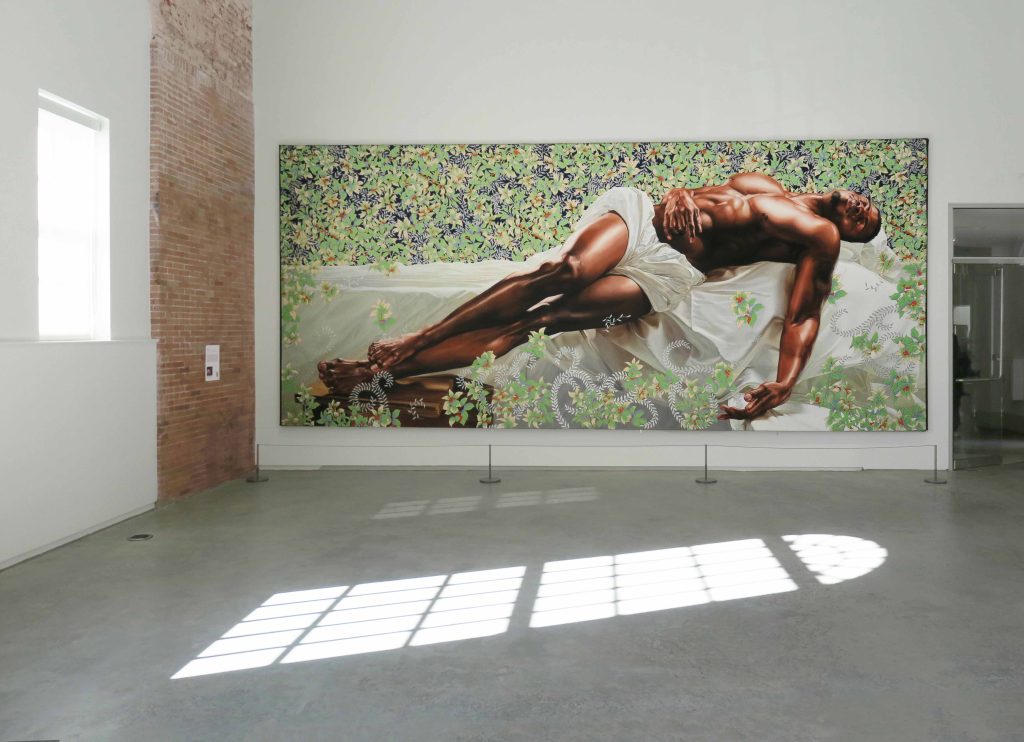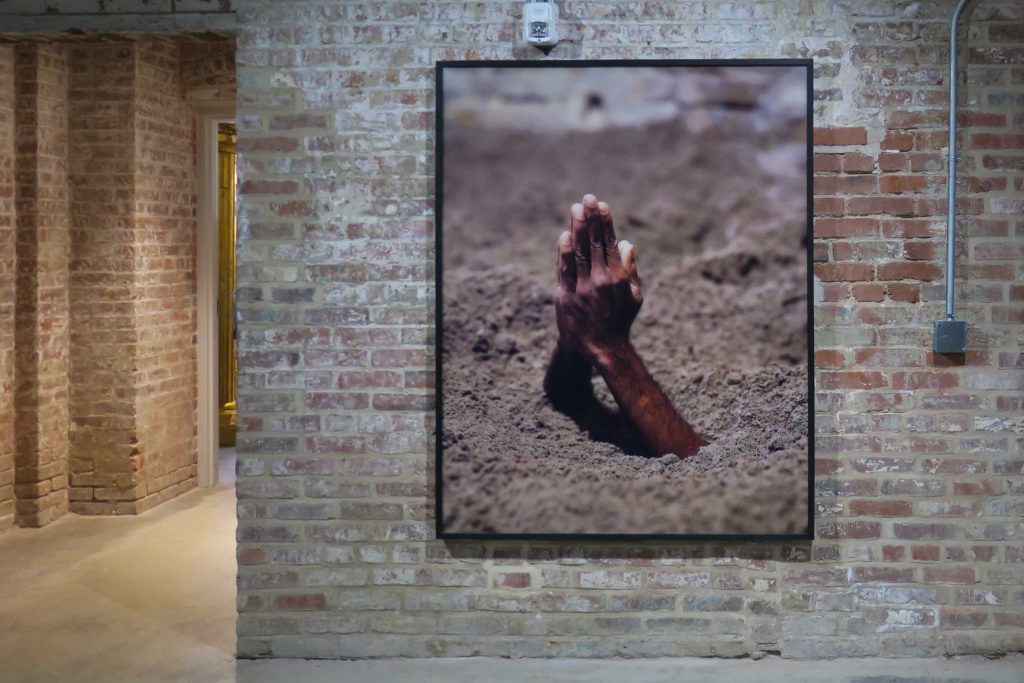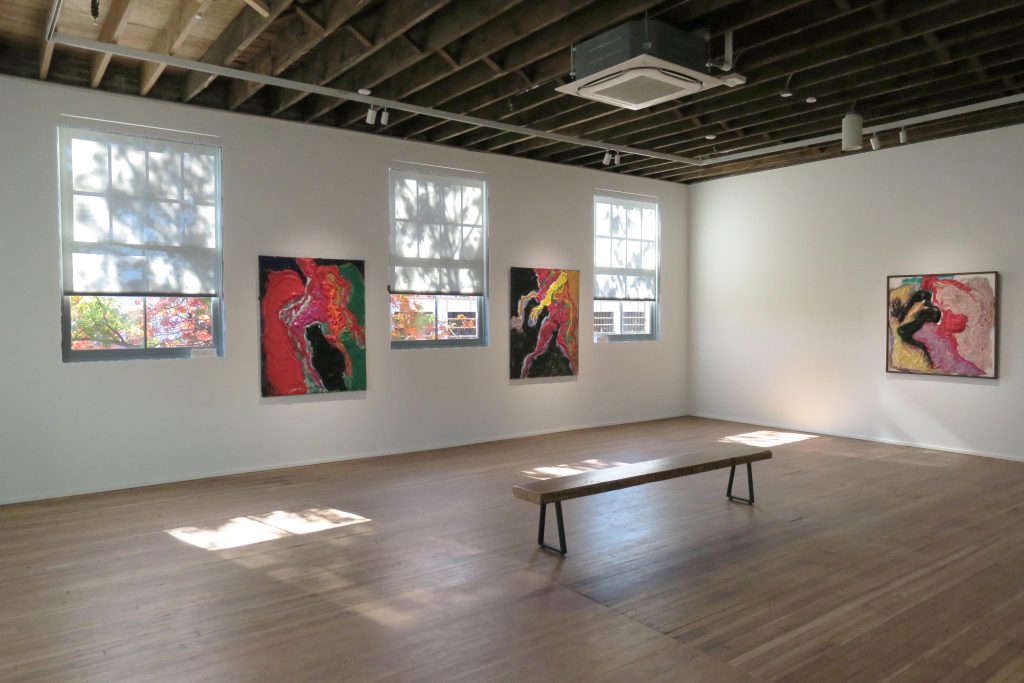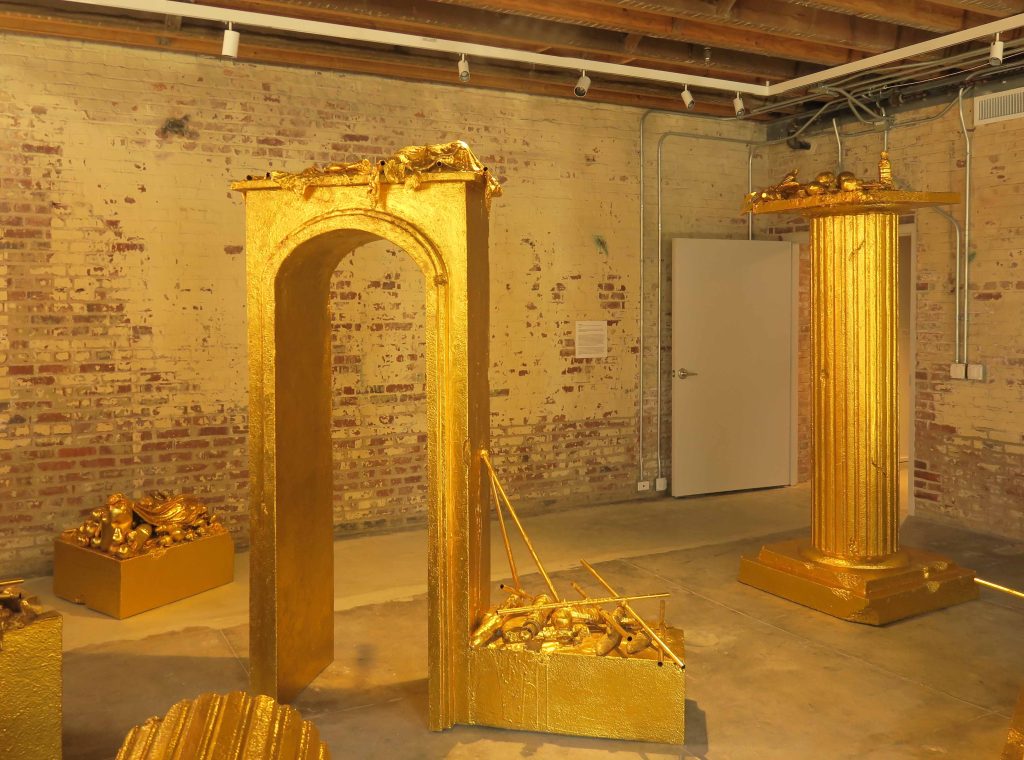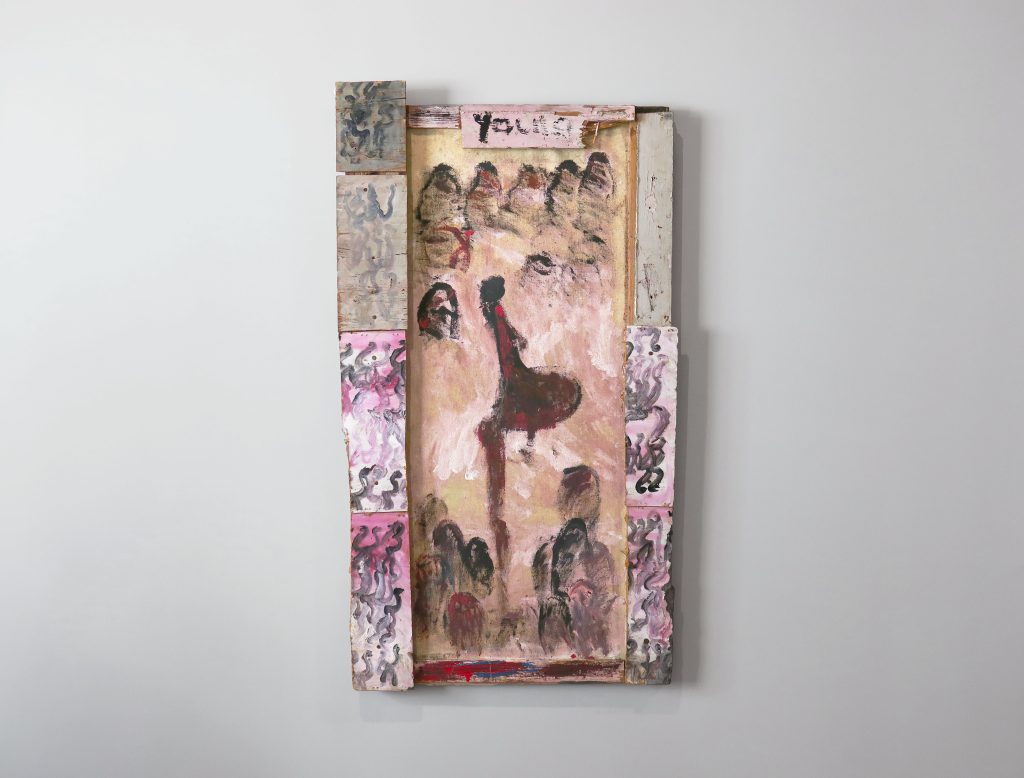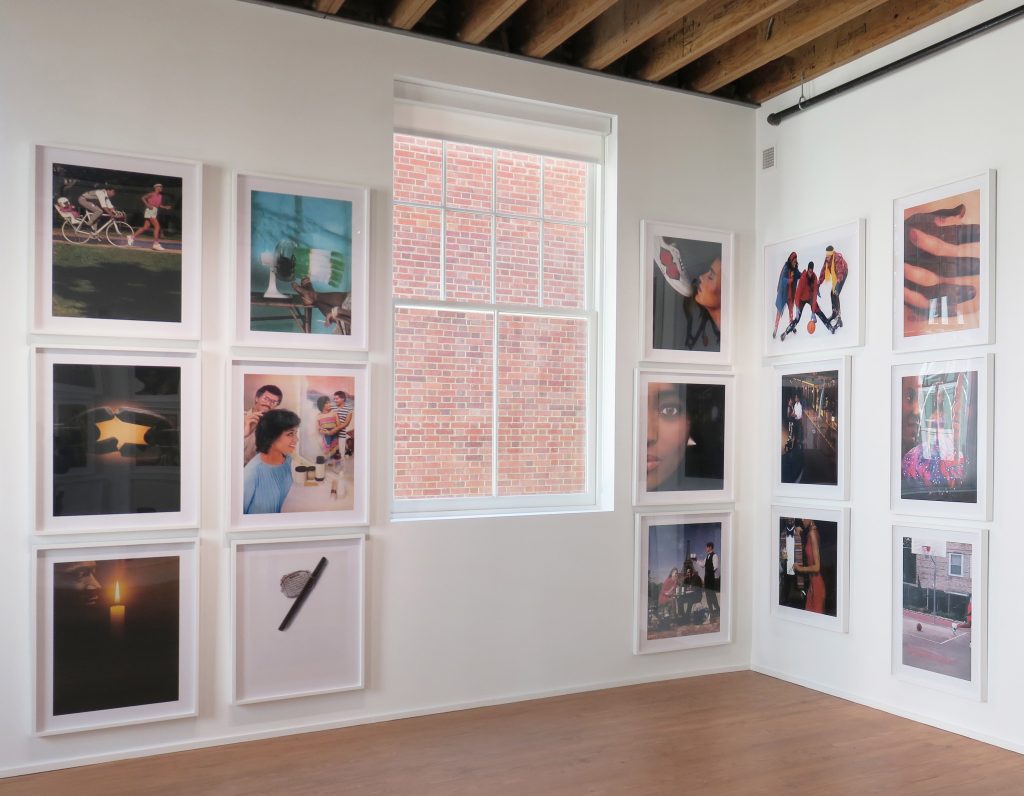When the Rubell Museum opened in Washington DC late in October its inaugural exhibition promised visitors a look at “What’s Going On.” It would be difficult to find a title more expressive of the collecting efforts of the Rubell family. If you’re looking for a highly personal but still representative cross-section of contemporary creativity, the Rubell family presents just this. Their collection of both established names and emerging artists give an intelligent, sensitive and challenging overview of art today.
Like the exhibitions that the family also presents in its museum space in Miami, there’s much more to the seemingly simple title than a first glance suggests. The Washington DC outpost of the Rubell Collection is based in an old schoolhouse, that has been converted into an appropriate home for some of the outsized works — and the equally big ideas behind them — favored by many contemporary artists. There are plenty of smaller works, equally ambitious in the scale of the ideas they express, to counterbalance them in the space. The aura of a basic education in the world around us still holds sway in the old schoolhouse, sensitively repurposed by Beyer Blinder Belle Architects and Planners.
The family’s preference for collecting the artists they select in depth allows for the museum’s illuminating and thoughtfully presented installations. A room full of David Hockney drawings is joined by an old “boom box” compact disc player with Marvin Gaye’s “What’s Going On?” on constant repeat. A text by Hockney, incorporated along with the drawings, tells us that he listened to the album over and over again as he created the drawings. To adroitly close the circle that gave the exhibition its title, the school building that houses this installation was the same in which a very young Marvin Gaye received his elementary education. The echoes of that education, and its broader cultural impact, continue to reverberate in the new exhibition space.
For art fans from outside the Rubell’s Miami base, self-taught artist Purvis Young is likely to be an unknown. A small room devoted to his works provides a great introduction to Young’s vast, obsessively painted, output of art made exclusively from found materials. His presence here is part of the larger point of the Rubell collection — art is art, it doesn’t matter if the artist has been formally educated. What matters is the individual’s ability to respond to the surrounding world and its realities in a visually engaging way.
The little known and the internationally renowned sit comfortably alongside each other throughout its galleries, large and small. Once past the obligatory gift shop and ticket counter, the museum itself opens into what once was a school gymnasium. Here in particular, the formal windows that have illuminated the building from its earliest days give the artworks room to breathe and to interact with the ever changing natural light El Anatsui’s almost pure abstraction with its politically charged undertones — he assembles his work using the metal caps of imported liquor bottles — lies comfortably next to Kehinde Wiley’s contemporary take on old master aesthetics Sleep. Both these works converse across the space with Vaughn Spann ’s vibrantly colorful and literally titled Big Black Rainbow painted on terry cloth, hovering intriguingly between the abstraction of one of its partners and the and representation of another.
Even the school’s basement rooms, stripped back to their brickwork and rather eerily lit by ground level clearstory windows, are pressed into highly effective use as exhibition spaces. Maurizio Cattelan’s Mother blends almost seamlessly into its walls, its dark humor matched by aluminum plaques with Jenny Holzer’s witty explorations of contemporary anxieties like Protect Me From What I Want. In an adjoining gallery, a trio of Josh Klein’s unnerving sculptures, a body encased in a plastic bag, the remainders of someone’s office enclosed in a case of a transparent virus, and a supermarket cart packed with the detritus of homelessness, haunt the space. In another, John Miller’s gilded homage to the ersatz glories of Ancient Rome and contemporary America emerge like an unexpected and endlessly interesting ruin excavated from what lies beneath.
You may not like everything on view. It is possible you may not wish to see everything that is available to see — and artworks that might not be appropriate for all ages and sensibilities are appropriately labeled well in advance. Walk through the exhibition anyway. Look at what the individuals of the Rubell family have collected over the past few decades and allow yourself to be amazed. You’ll come away wanting to know more about at least one of these artists. If I had to pick just one artist who I didn’t know before and want to see more of, it would be Matthew Day Jackson. The “black panther eyes” of his portrait of Harriet Tubman, burned into the wood that supports it, continue to gaze back at me through my memory of his evocation. The Tubman portrait shares a gallery with Jackson’s provocative vision of Mount Rushmore and an equally challenging installation featuring a westbound wagon he calls Chariot that suggests he has many, many more galleries to fill with works that demand and reward one’s attention.
A visit to DC’s new Rubell Museum will give you exactly what it promises. — a clear eyed view of What’s Going On. That is no small accomplishment.
Text by K. Mitchell Snow, author of A Revolution in Movement: Dancers, Painters, and the Image of Modern Mexico (University Press of Florida 2020). He has written about Latin American art and culture for publications such as Américas, Art Nexus, History of Photography and Review: Literature and Arts of the Americas.
Photos by Paul Clemence
Featured Photo: Exterior view of entrance addition at Rubell Museum

